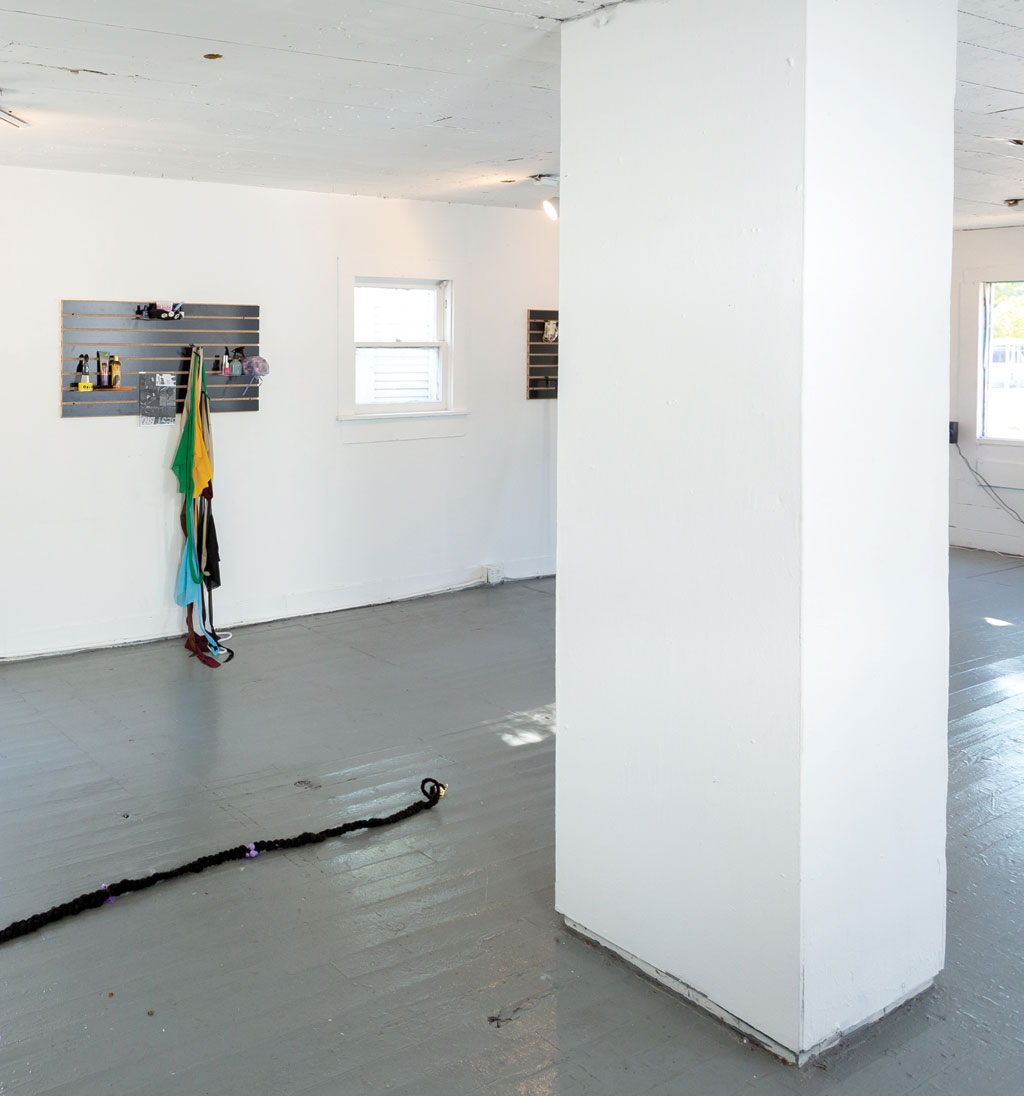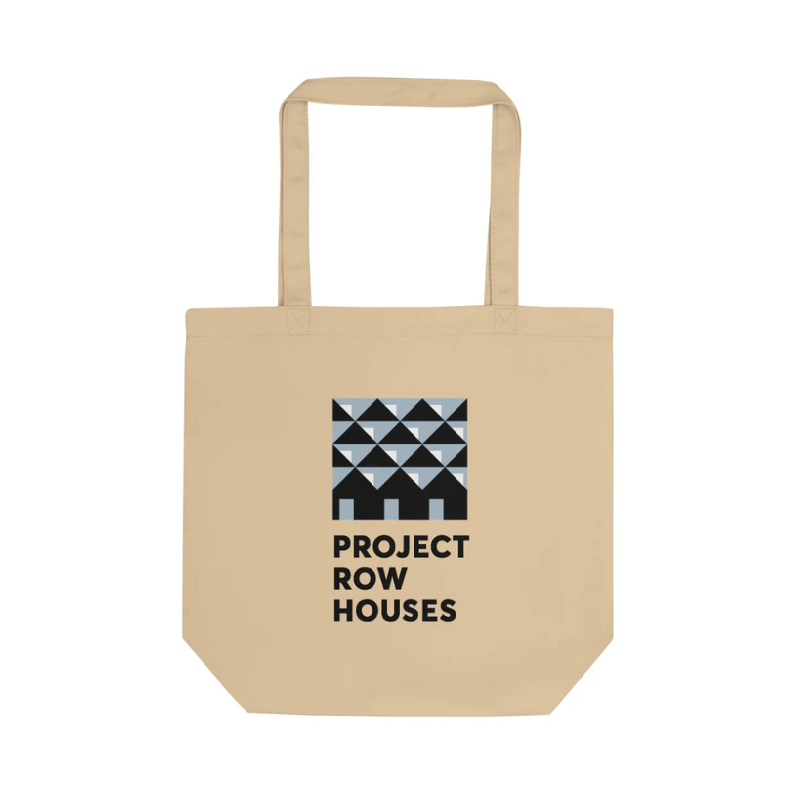Reevaluate Everything
Interview by McKenzie Watson
Photos by Alex Barber
Heather Wright is scheduled to graduate from Rice University with a double major in Studio Arts and Environmental Engineering. This tendency to combine otherwise disparate topics, ideas, or objects runs through not only Wright’s education but her artistic work.
“Sometimes I’ll put two very common things together,” Wright pointed out, “and when they come together, they become more significant to me in a personal way.”
Wright’s installation, titled Jungle/Gym, is based on the idea of a playground. “I’m playing around with board games and treasure hunts, playful ideas of searching and finding,” she said. “I feel like as a kid you’re basically trying to find yourself, but you’re not really aware that that’s what you’re doing; you’re just living life. So I want to capture that innocence and naivety, and also that journey aspect of it.”
“The playground is like the essence of learning to socialize,” Wright described. “The beginning of relationships that you build with other kids, whether they’re significant or not. It’s that place of interaction… The playground can be a representation of relationship or your social life or a community where you’re interacting with others. It’s a dynamic environment.”
Wright’s process of art-making is both a social exploration and a personal one. The work is deeply informed by her own experiences, and the incorporation of themes of childhood provides a means of return. “My childhood was a really influential part of who I am today,” she acknowledged, “something I always think about. I always want to go back to it, but I can’t go back in the same way.”
Her tactile ‘playground’ tends toward the abstract, yet is grounded in the very tangible objects she creates. “I guess I’m trying to connect myself through objects,” Wright acknowledged. The pieces exist somewhere between the practical and the absurd, evocative entities that gesture towards universal concepts of childhood, nostalgia, and self-discovery. “I think my art’s more suggestion,” Wright stated, adding, “If I’m explaining it, I’ll make it more open-ended. Sometimes I don’t want to talk about the personal connection I have to it.”
The objects chosen by Wright for contemplation and artistic manipulation have all emerged organically from her observations in the neighborhood. “Sometimes I make things from a feeling and people ask, ‘why are you doing this?’” Wright explained. “And I’m like, ‘I don’t know, I can’t explain it yet.’ Sometimes the image precedes the conceptual idea.”
The day of the interview, Wright had been working with plaster and wax. The plaster serves as material for half-domes and awning-like structures. Wright recounted, “I saw this building and it had these blue and pink awnings. It just inspired me somehow, and I started thinking about superficiality with regards to the face of the building, how that can be kind of reflective of the image a person wants to give off.”
With wax, Wright is casting milk cartons. “Some of them have facial features in them,” she noted. “The wax is kind of opaque, so I’ve been melting it, and it kind of looks corroded. Some of them have noses, I’m working on ears, and I might do mouths. It’s like an excavation of facial features within milk cartons.” Providing facial features to otherwise inanimate, domestic objects continues the theme of superficiality and presentation in her work.
Another facet of Wright’s exploration of social settings is a personal and public consideration of internalization. “That’s why I’m playing with loneliness in such a public place,” she said, “and these objects having such significant meanings internalized in them is reflective of how I tended to internalize how I was feeling in social settings as a kid.”
“I feel like overcoming insecurities is kind of a lonely journey,” Wright asserted. “So I want to capture cheerfulness and joy, but there’s something underneath you can’t put your finger on.” Her installation promised to be an emotionally rich landscape, and a visit to the space evokes a sense of self-reflection, urging viewers to dig deeper. “I want it all to have an underlying feeling of uncanny-ness,” she stated.
When asked what her hopes are for visitors to her installation, Wright responded, “I want people to be forced to decode my work, or recode, and then eventually reevaluate the significance of things in their lives. Come open-minded. Either see things for what they are or see them for what you want them to be – mainly physical objects, but eventually the intangible, because you attach intangible feelings to objects, so I guess everything. Reevaluate everything.”
—
Born in California and raised in Austin, TX, Heather Wright is a senior at Rice University double majoring in studio art and environmental engineering. Her work focuses on taking everyday objects and resituating them into new contexts and combinations in order to reconsider their significance and place in everyday life. Interested in the tension between moods created by various images and representations, she internalizes various layers of meaning within her pieces in order to reflect her own current and past uncertainties as a minority in changing environments. She often draws from her childhood as a source of aesthetic inspiration as well as a point of reference and grounding with respect to values in her work.







